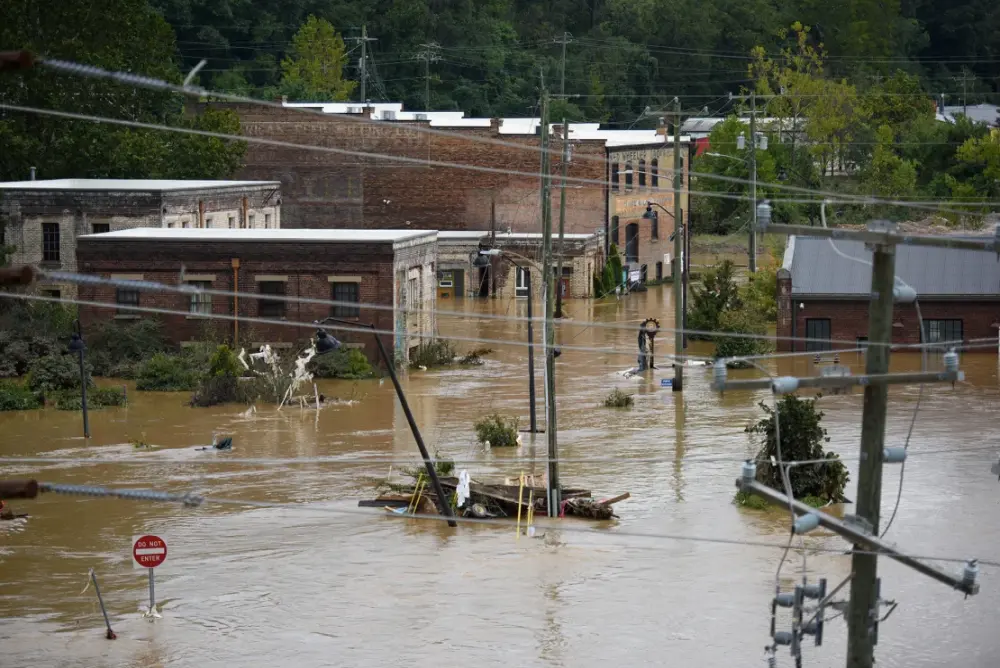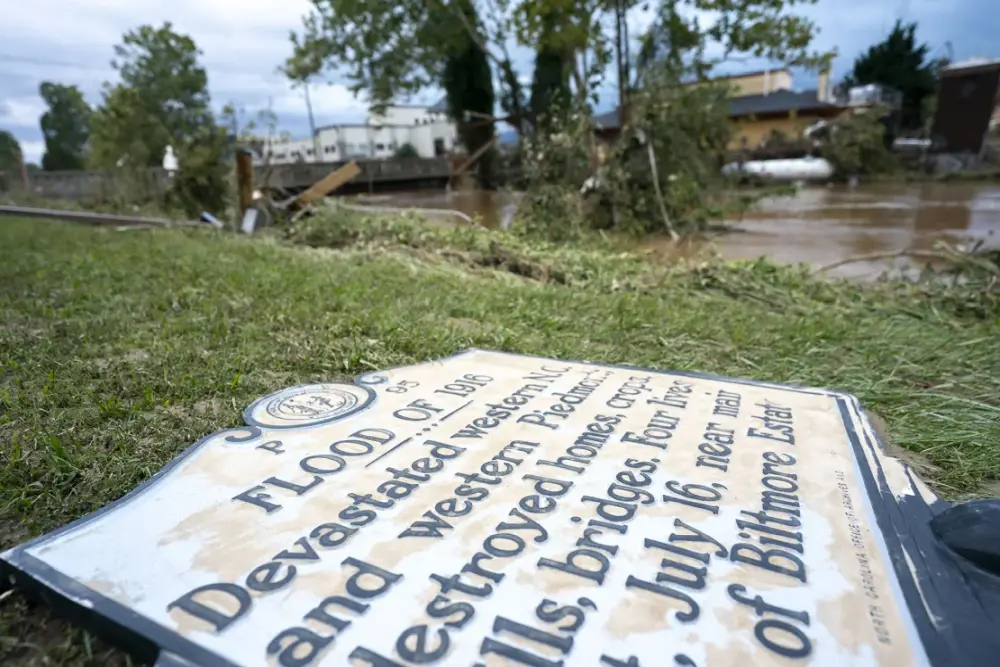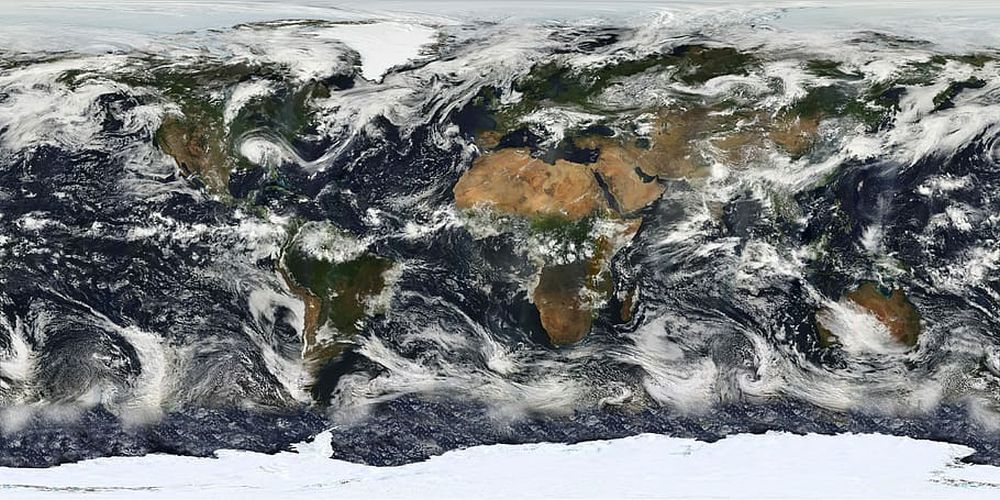The recent devastation in Asheville, North Carolina, brought by Hurricane Helene has rattled the city’s reputation as a “climate haven.” Long regarded as a safer alternative to coastal areas, Asheville’s mountainous location seemed to offer protection from severe weather. However, the catastrophic flooding and loss of life have challenged that perception, reminding everyone that no place is immune to extreme climate events.

This isn’t the first time Asheville has faced such threats; a similar disaster occurred in 1916, causing deadly floods. Despite this history, many believed that the city’s inland location would shield it from the worst impacts of a warming planet. However, with nearly 18% of Buncombe County homes at risk of flooding, it’s clear that the risks were underestimated.

While experts argue that the term “climate haven” is misleading, they also suggest that Asheville can still adapt. Infrastructure improvements like wetland restoration and dam enhancements could reduce future flooding risks. Adapting will undoubtedly be less costly here than in sinking coastal cities like Miami, making Asheville potentially safer but not free from danger.

As extreme weather events become more common, communities need to rethink what constitutes a “safe” location. The true climate havens of the future may be determined by their investments in resilient infrastructure rather than their geographic position. Asheville’s path forward may involve not just rebuilding, but proactively preparing for a changing climate.

#Asheville #ClimateChange #Flooding #HurricaneHelene #ClimateHaven #ExtremeWeather #ResilientInfrastructure #ClimateAdaptation #SustainableLiving #MountainTown
